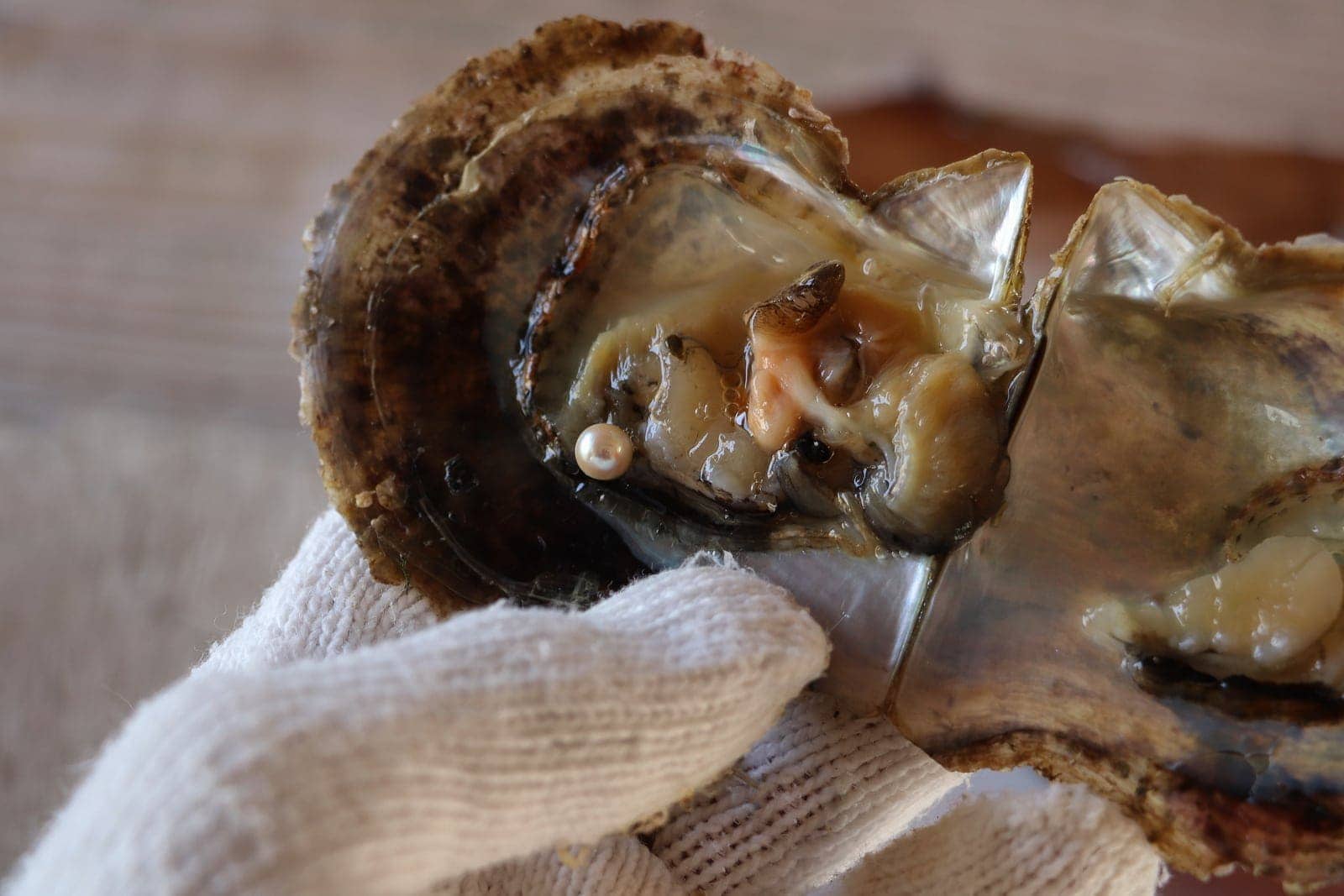While pearls represent prestige, glamor and luxury, the story behind the scenes is labor-intensive, difficult and time-consuming.
When you take a piece of pearl jewelry into your hands, you’re looking at the result of years of hard work and great scientific and technological advancements.
Understanding the pearl harvesting process will give you an appreciation of just how difficult it is to create a strand of perfectly lustrous pearls.
Here’s a look at how pearls are harvested.
What is the Culturing Process?
Before pearls were cultured, only natural or wild pearls were available. Pearl divers had to dive into the ocean for these, in deep and dangerous conditions. The mortality rate for pearl divers was around 50% which made it one of the most dangerous jobs. There was a one in two chance of dying on the job!
Today, almost all pearls on the market are cultured using scientific and technological means. Oysters and mussels are kept on large pearl farms in suitable conditions to ensure that they produce pearls.
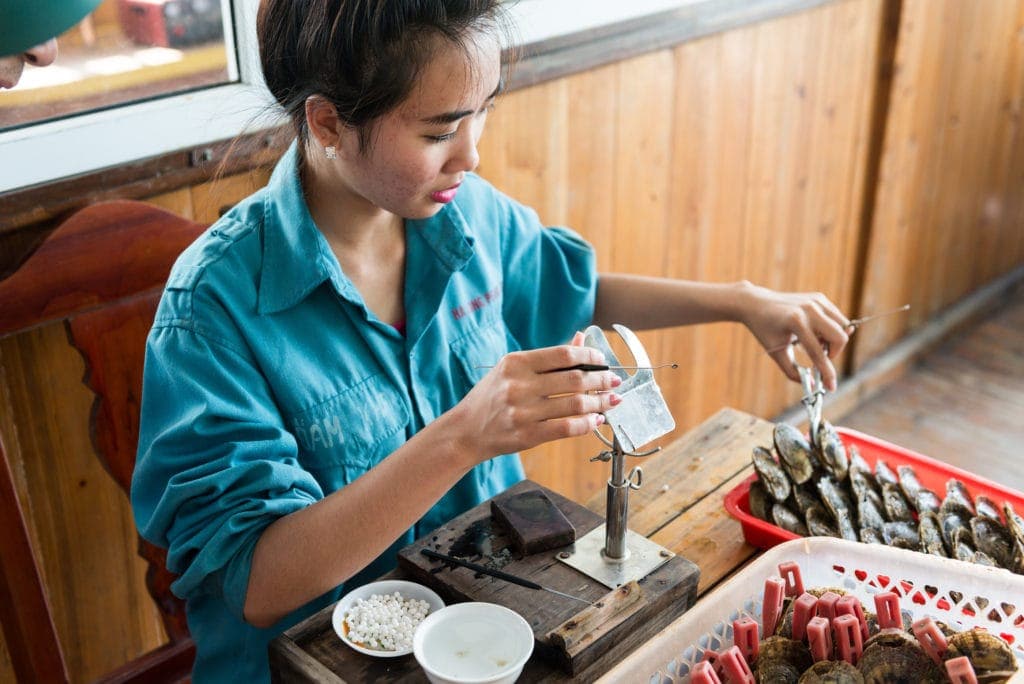
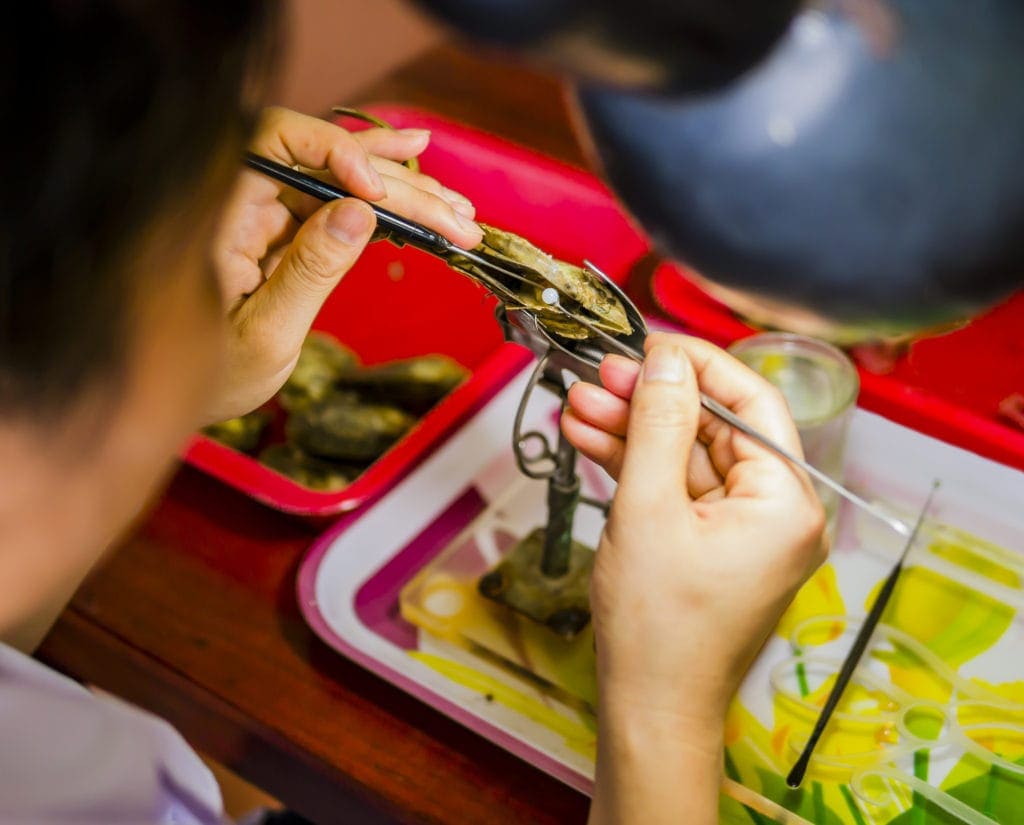
Nucleating oysters requires exacting skill and precision
The culturing process requires a skilled technician to insert a bead nucleus and/or mantle tissue into the mantle of the mollusk. This stimulates the pearl creation process, which can take up to 2-4 years to complete, depending on the type of pearl.
Caring for the Oysters as They Grow
During this time, the oysters are cared for, x-rayed and checked to ensure they haven’t’ rejected the nucleus. They’re given nutrients to keep them healthy and are kept in sheltered waters. As the oysters grow, they continue to secrete layer upon layer of nacre which forms the pearl over time.
From time to time, the oysters are inspected for parasites or other health issues that could interfere with the culturing process. The oysters are fed, cleaned and their conditions are kept perfect for the development of lustrous pearls.
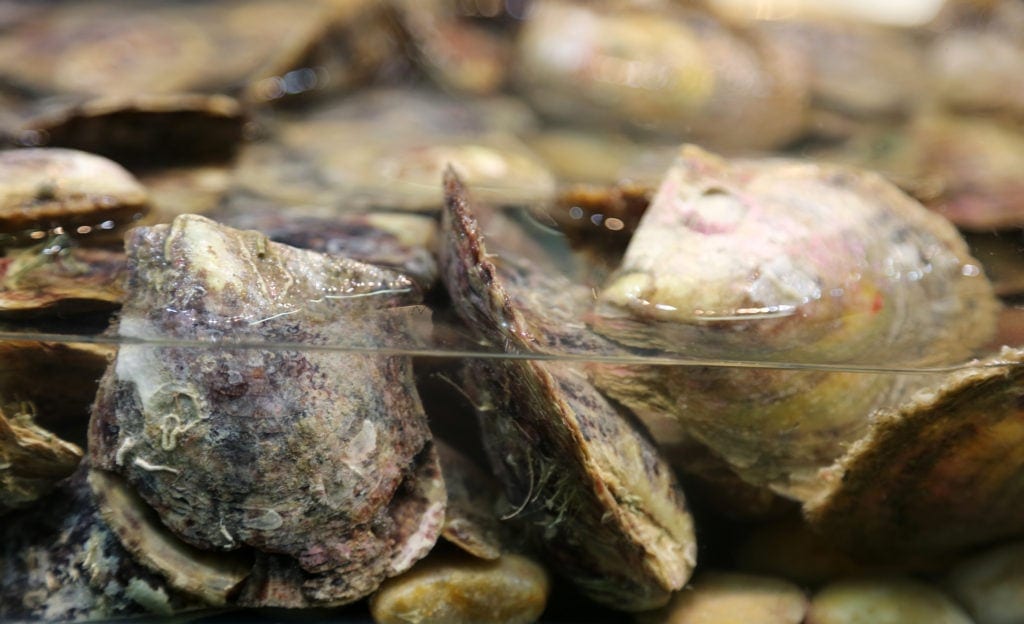
Akoya Oysters in water
Most pearl farms are in remote regions around the globe, like Broome in Western Australia. This is because pearls require clean, unpolluted waters in order to thrive and create beautiful pearls.
With the increase in pollution, finding the right waters for oysters to grow is becoming increasingly difficult. As a result, pearl farmers are involved in sustainability and environmental protection as this is key if pearl farming is to continue into the future.
When Are Pearls Harvested?
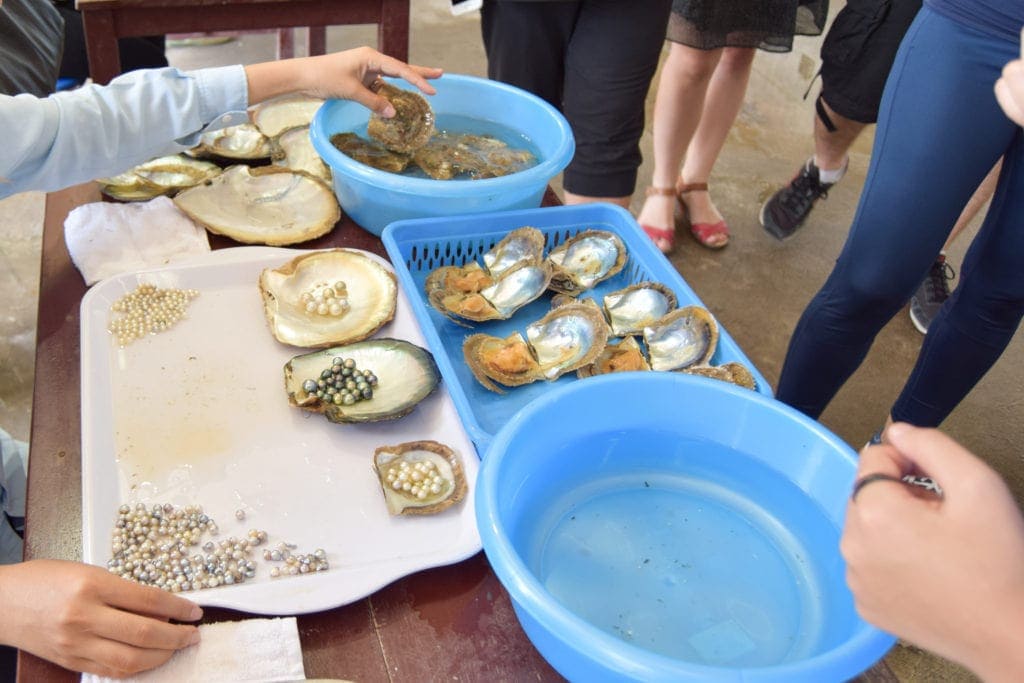
Once the growth period is over, generally 6 months to 4 years, the pearls are ready to harvest. A small sample of oysters are harvested and checked to see if the pearls are ready. If everything looks good, a full harvest is carried out.
Harvesting is typically done during the cooler months, because mollusks tend to secrete thinner layers of nacre when the waters are cooler. Thin, more concentrated nacre results in better luster and a more beautiful pearl.
Of course, this is just a guideline. Each pearl farm takes it on a case by case basis. Sometimes other factors such as mollusk health or the farm’s operations can factor into when the oysters are harvested.
Only a small percentage (estimated at less than 5%) of the total number of nucleated mollusks will bear high-quality, gem-grade pearls.
This video gives a clear insight into the pearl farming practices and conditions in Japan, the main source for Akoya pearls.
Do Oysters Die After Being Harvested?
When the mollusks are ready to be harvested, they’re taken out of the water and transported to harvesting centers.
The oysters or mollusks are opened, the pearl is removed, and the creature is either prepared for a second nucleation. The oysters that produce the best pearls may be re-nucleated and go through the entire process again.
Most of the oysters are killed in the process. Depending on the type of creature, the meat, which is a byproduct of the process, can be consumed by the local population or used as fertilizer.
Pearls After the Harvest
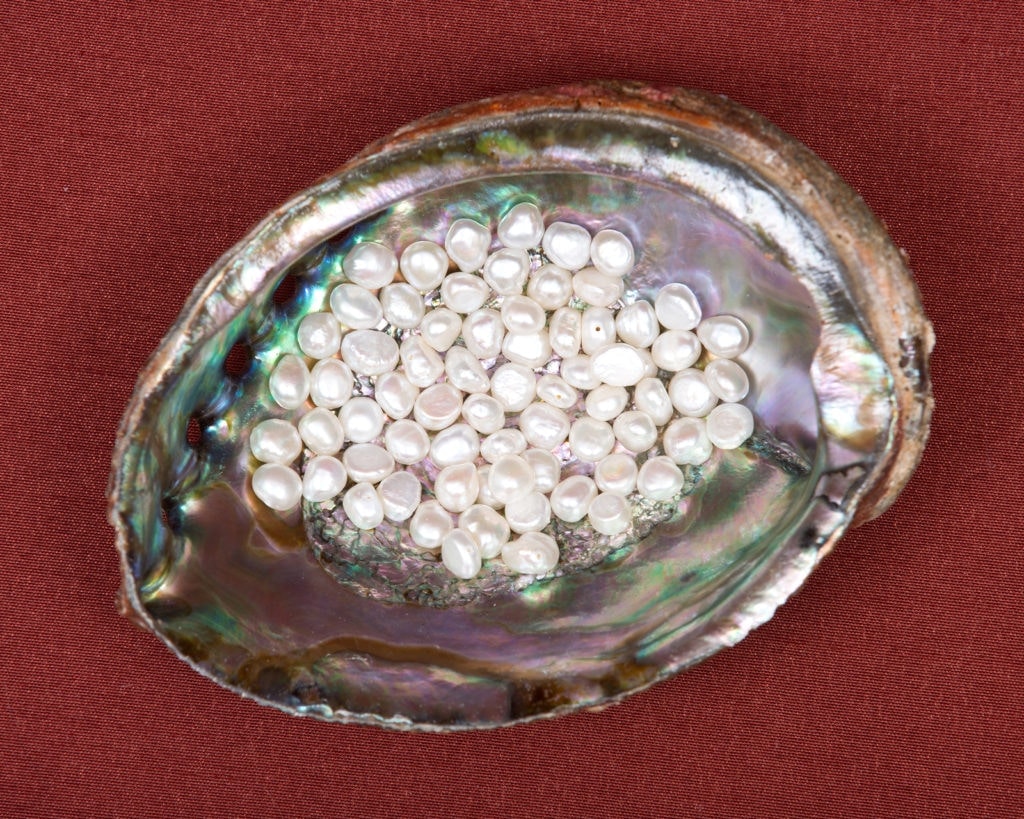
Once the harvesting process is complete, the pearls are then subjected to cleaning and standard treatments, if required. These include soaking the pearls in a cleaning solution to remove dirt and odors typically followed by bleaching, polishing and sometimes pinking.
The pearls are then graded and matched. The pearls are poured into large sieves that separate them based on size. From here, workers can further categorize them based on the pearl value factors. This is a time-consuming job requiring great attention to detail.
After this the pearls are further examined and screened, especially if it’s to be set into fine jewelry. The pearls are grouped to exacting criteria and sold in ‘hanks’, which is the term used for loose matched pearls. The hanks are then sold and ready to be crafted into beautiful jewelry.

